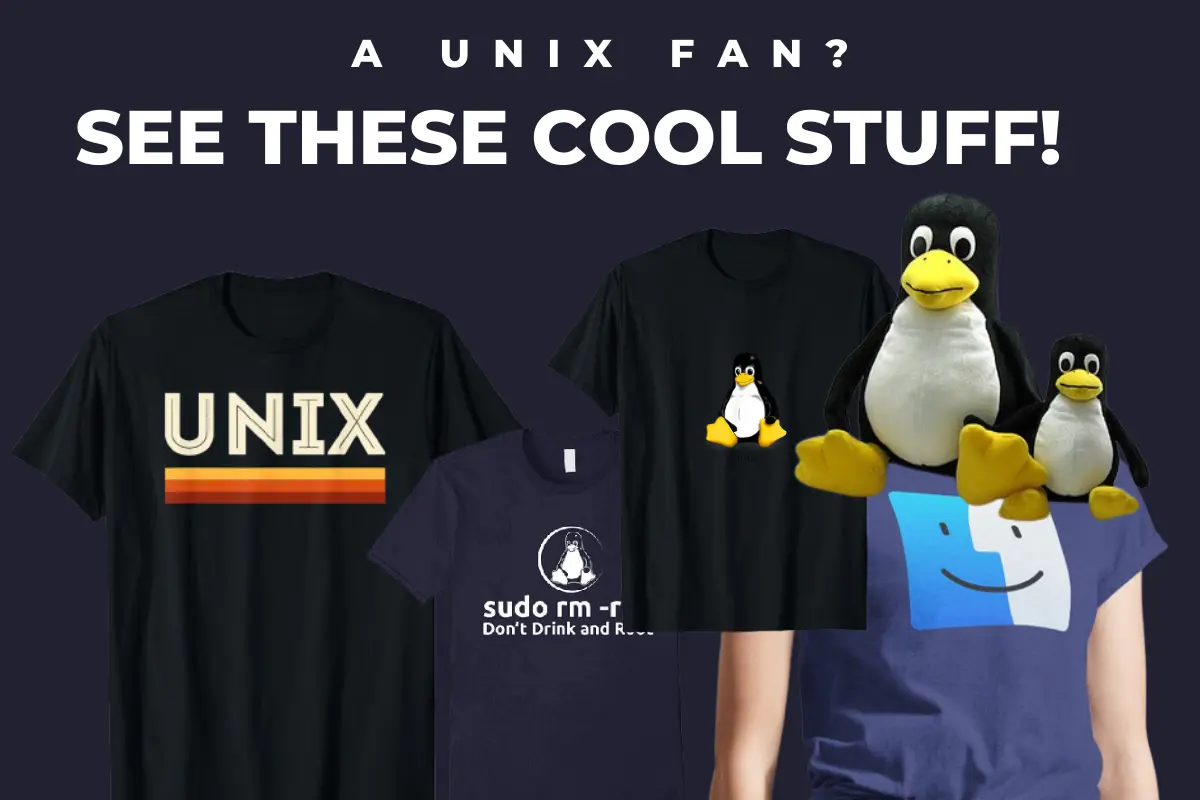2023-10-14T20:05
A Comparison of Linux and UNIX - How Are They Different?

In the world of operating systems, two names frequently come up in conversations among tech enthusiasts and professionals: Linux and UNIX. While they share similarities and a common ancestry, they are distinct entities with unique characteristics. This article aims to dissect the differences between Linux and UNIX, shedding light on their histories, architecture, licensing, and usage scenarios.<br><br>A Brief History:<br>UNIX, born at Bell Labs in the late 1960s, paved the way for modern computing by introducing multitasking, multi-user capabilities, and a hierarchical file system. Over time, various commercial versions of UNIX emerged, such as AIX, HP-UX, and Solaris. In contrast, Linux, developed by Linus Torvalds in 1991, is a free and open-source operating system kernel that drew inspiration from UNIX. This key distinction sets the stage for many of their disparities.<br><br>Licensing:<br>One of the most fundamental disparities is in their licensing models. UNIX, in its various flavors, typically comes with proprietary licenses, making it costly for businesses to implement. On the other hand, Linux is distributed under the GNU General Public License (GPL), allowing anyone to use, modify, and distribute it freely. This open-source nature has contributed significantly to Linux's popularity.<br><br>Kernel and Architecture:<br>Both Linux and UNIX share a monolithic kernel architecture, but the specifics of their kernels differ. Linux's kernel is known for its rapid development pace, with frequent updates and a strong community backing. UNIX, however, has more conservative kernel development, resulting in greater stability at the cost of potentially missing out on the latest features.<br><br>File Systems:<br>UNIX systems typically employ the UFS (Unix File System) or ZFS (Zettabyte File System), while Linux systems often use the Ext4 file system. ZFS, known for its robust data protection capabilities, is often favored for critical data storage, whereas Ext4 is a reliable and efficient choice for everyday use.<br><br>Command Line Interfaces (CLIs):<br>Both Linux and UNIX offer powerful command line interfaces, but they vary in their implementation. UNIX systems generally use the Bourne shell or derivatives like Bash, while Linux distributions frequently use Bash as the default. However, the freedom of choice is a hallmark of the Linux ecosystem, allowing users to select from a variety of shells to suit their preferences.<br><br>Package Management:<br>Linux distributions are renowned for their package management systems like apt (Debian/Ubuntu) and yum (Red Hat/CentOS), which simplify software installation and updates. UNIX systems, in contrast, often rely on different package management solutions, making the experience less uniform across different flavors.<br><br>System Administration:<br>UNIX systems typically require highly specialized administrators due to their proprietary nature and complex configurations. Linux, being open-source and community-driven, has a broader talent pool of system administrators and a wealth of online resources for support.<br><br>Community and Ecosystem:<br>Linux's open-source nature fosters a vast and active community. This community-driven ecosystem results in rapid development, widespread compatibility, and a plethora of applications and tools. UNIX's more closed nature restricts community involvement, making it harder to keep pace with the evolving tech landscape.<br><br>Usage Scenarios:<br>UNIX is often found in enterprise environments where reliability and support are paramount, such as financial institutions and telecommunications. Linux, with its flexibility and adaptability, thrives in a variety of environments, including servers, desktops, embedded systems, and even smartphones (Android).<br><br>Conclusion:<br>In conclusion, while Linux and UNIX share a common ancestry and core principles, they have evolved into distinct entities with divergent characteristics. Linux, with its open-source nature, has gained immense popularity across diverse computing domains, while UNIX, with its proprietary licensing and heritage, remains a stalwart in enterprise settings. Understanding the differences between these two operating systems is crucial for making informed decisions when choosing an OS for specific use cases.<br><br>Keywords: Linux, UNIX, operating systems, history, architecture, licensing, kernel, file systems, command line interfaces, package management, system administration, community, ecosystem, usage scenarios.



